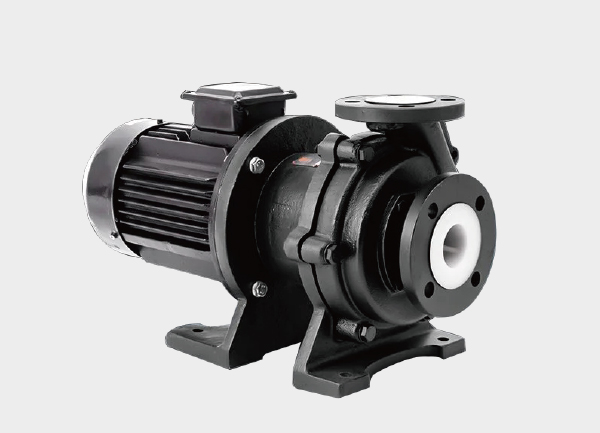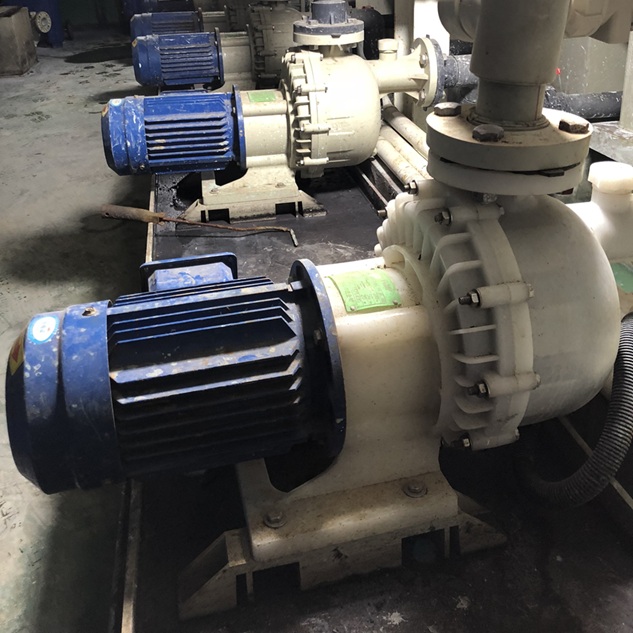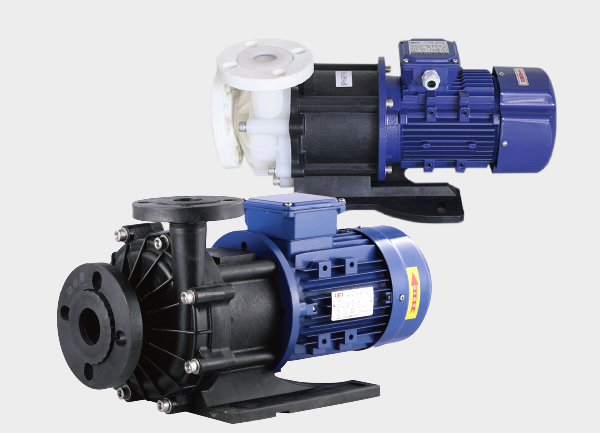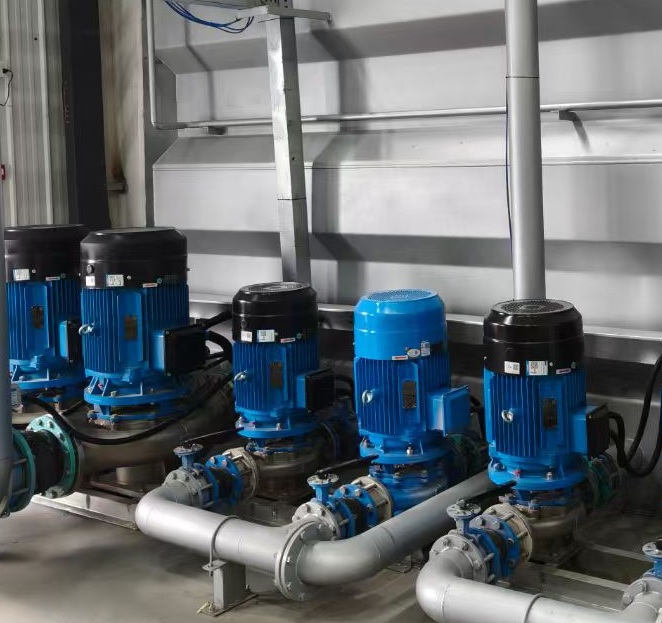A chemical dosing pump (also known as a metering pump) is a fluid transfer device designed to precisely control the dosage of chemical agents. Its key advantages—adjustability, high precision, and corrosion resistance—make it indispensable in industries and public utilities where strict control of chemical concentration or dosing volume is required.
The applications of dosing pumps can be categorized by industry, as outlined below.
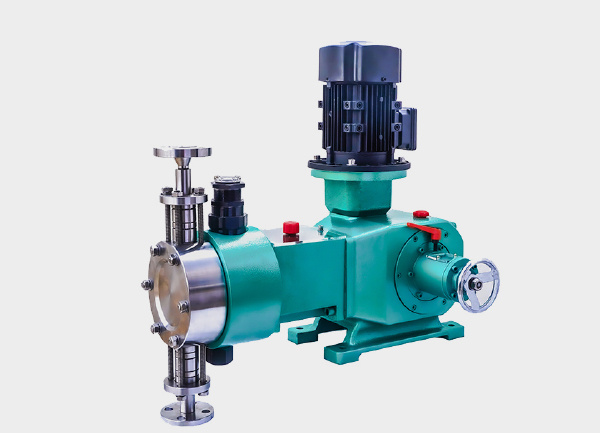
1. Water Treatment Industry – The Primary Application Field
Water treatment is the largest and most critical domain for chemical dosing pumps, covering potable water supply, wastewater treatment, and industrial circulating water. The core objective is to achieve water purification, anti-scaling/anti-corrosion, and compliance with discharge standards through accurate chemical dosing.
| Application Scenario | Chemical Types | Role of Dosing Pump |
|---|---|---|
| Municipal Water Supply | Coagulants (e.g., PAC), disinfectants (e.g., sodium hypochlorite), pH adjusters (NaOH / HCl) | 1. Add coagulants to remove suspended solids; 2. Dose disinfectants to kill bacteria and ensure drinking water safety; 3. Adjust pH to regulatory levels. |
| Municipal & Industrial Wastewater | Denitrification agents (e.g., urea, ammonia water), phosphorus removers (e.g., PAM, aluminum sulfate), decolorizers, sludge conditioners | 1. Remove nitrogen and phosphorus to meet TN/TP discharge standards; 2. Condition sludge to improve dewatering and reduce sludge volume. |
| Industrial Circulating Water | Scale inhibitors, corrosion inhibitors, biocides/algaecides | 1. Prevent scaling and corrosion in systems like cooling towers; 2. Control microbial growth to avoid biofouling. |
| Pure / Ultrapure Water | Reducing agents (e.g., sodium bisulfite), scale inhibitors, pH adjusters | Remove residual chlorine, prevent RO membrane scaling, and ensure high-purity water quality for electronics and pharmaceuticals. |
2. Oil & Petrochemical Industry – Ensuring Safety and Efficiency
In oil and petrochemicals, chemical dosing pumps must deliver extreme stability and corrosion resistance, since dosing accuracy directly affects production safety and product quality.
Crude Oil Extraction & Transport
Demulsifiers: Separate crude oil from water emulsions to improve purity.
Anti-wax / viscosity reducers: Prevent paraffin deposition in pipelines, reduce crude viscosity, and maintain flow.
Corrosion inhibitors: Protect pipelines and equipment from acidic crude components.
Refining & Chemical Production
Desulfurization agents (e.g., ammonia, MEA): Remove sulfur to reduce SO₂ emissions.
Catalysts / reaction aids: Ensure complete reactions in chemical synthesis (e.g., plastics, rubber), improving product purity.
Antioxidants / stabilizers: Prevent fuel oxidation and degradation, extending storage life.
3. Pharmaceutical Industry – High Purity and Precision
Pharmaceutical production demands sterility, contamination-free handling, and dosing accuracy. Dosing pumps are typically made of hygienic materials such as 316L stainless steel or PTFE and must comply with GMP (Good Manufacturing Practice) standards.
Drug Formulation
Excipients (buffers, stabilizers, sweeteners): Precisely dosed in injectables, oral drugs, and vaccines to ensure safety and efficacy.
Disinfectants (e.g., hydrogen peroxide): Used for sterile cleaning of pipelines and equipment.
Biological Fermentation
Nutrients (glucose, amino acids): Maintain microbial growth and control fermentation rate.
pH adjusters (e.g., ammonia, citric acid): Keep fermentation broth at optimal activity levels.
Pharmaceutical Wastewater Treatment
Oxidants (ozone, sodium hypochlorite), adsorbents (activated carbon): Break down antibiotics and solvents, ensuring compliant discharge.
4. Food & Beverage Industry – Balancing Safety and Quality
In food and beverages, chemical dosing pumps must meet food-grade certifications (e.g., FDA) to ensure no contamination risk. Applications focus on process optimization and wastewater treatment.
Production Process
Food additives (sweeteners, preservatives, colorants): Precisely dosed to maintain taste, appearance, and shelf life.
pH regulators (citric acid in dairy): Prevent protein coagulation.
Sanitizers (peracetic acid in CIP systems): Sterile cleaning of equipment and pipelines.
Food Wastewater Treatment
Coagulants (e.g., PAM) and decolorizers: Remove suspended solids and organic colorants from starch/sugar-rich effluents, reducing pollution.
5. Agriculture – Driving Precision Farming
Chemical dosing pumps enable efficient resource use in agriculture by preventing overuse of fertilizers and chemicals, thus reducing waste and pollution.
Fertigation Systems
Water-soluble fertilizers (NPK), pesticides (insecticides, herbicides): Mixed with irrigation water and delivered directly to crop roots via drip or sprinkler systems, improving yield while minimizing runoff.
Livestock Farming
Vitamins and trace minerals: Added to drinking water to boost immunity.
Disinfectants and deodorants: Maintain a clean environment and reduce disease risk.
Aquaculture
Oxygen enhancers (sodium percarbonate), microbial agents (Bacillus spp.): Improve water quality and oxygen balance.
Feed additives: Precisely regulate feed input to avoid water contamination.
6. Environmental Protection & Specialized Fields
Beyond mainstream sectors, dosing pumps are critical in waste treatment, flue gas control, electronics, and metallurgy.
Solid Waste / Hazardous Waste Treatment
Leachate treatment: Dosing ammonia removal agents and chelating agents for heavy metals.
Incineration flue gas: Dosing desulfurization (limestone slurry) and neutralizing agents (NaOH) to remove SO₂ and HCl.
Electronics Industry
Semiconductor manufacturing: Dosing ultrapure chemicals (e.g., hydrofluoric acid, ammonia) for wafer cleaning and etching.
Metallurgy
Smelting: Adding fluxes (limestone) and purifying agents (ferrosilicon) to remove impurities and improve metal quality.
Conclusion – The Core Logic of Dosing Pump Applications
Across all industries, the application of chemical dosing pumps revolves around their core characteristics: precise metering, stable dosing, and corrosion resistance. Their ultimate purpose is to:
Improve treatment effectiveness
Reduce resource waste
Minimize secondary pollution
Industry differences lie mainly in the type of chemicals used, material requirements (hygienic vs. corrosion-resistant), and accuracy levels. Yet, the fundamental role remains constant: precise and reliable chemical delivery.



